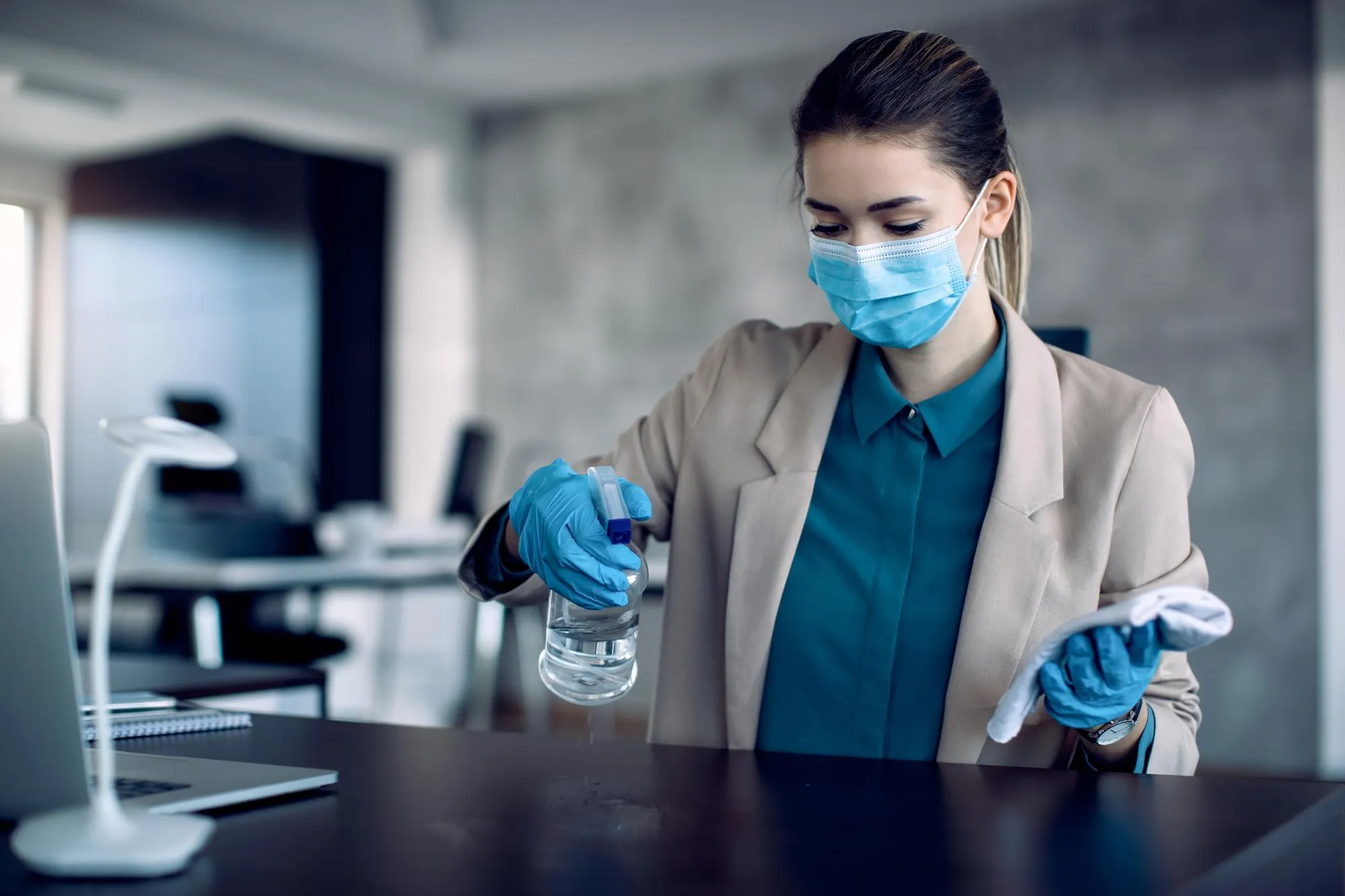Disinfectants serve as front-line defenders in the ongoing battle against nosocomial infections, with a spotlight on their effectiveness against multidrug-resistant gram-negative bacteria (MDR-GNB). As these resistant strains become increasingly prevalent, the healthcare community is challenged to uphold effective infection control standards. A recent study published in the American Journal of Infection Control sheds light on the critical evaluation of disinfectants and emphasizes the need for an overhaul in the assessment of their efficacy.
The comprehensive analysis, spearheaded by Anne T. Köhler et al. from the University of Leipzig, draws attention to the disparities in the efficaciousness of commonly used disinfectants against strains of Acinetobacter, Pseudomonas, and Klebsiella, all notorious for their resistance profiles. The study, “Evaluation of disinfectant efficacy against multidrug-resistant bacteria: A comprehensive analysis of different methods” (DOI: 10.1016/j.ajic.2019.04.001), reveals startling variations in the outcomes of traditional efficacy tests, such as minimum inhibitory concentrations (MICs), quantitative and qualitative suspension tests, and carrier tests.
Ethanol (ETH), benzalkonium chloride (BAC), and peracetic acid (PAA) were appraised for their bactericidal potency. Results from the four different test methodologies showed up to a hundredfold difference in concentration levels needed to be deemed effective. This finding casts doubt on the reliability of standard MIC determinations for gauging susceptibility or resistance to disinfectants like BAC. Instead, the study promotes surface tests that better represent real-world in-use conditions within healthcare environments.
The conclusive data garnered from the Leipzig researchers prompted calls for the establishment of standardized guidelines for evaluating bactericidal values. The aim is to ensure that findings across various research platforms remain consistent and comparable, thus providing meaningful insights into disinfectant application in clinical settings.
Implementing these revised methods could have far-reaching consequences. Potentially, it would alleviate the acceleration of resistance by ensuring the application of adequate concentration levels of disinfectants, which might otherwise be miscalculated. Moreover, with broadened inference, it could contribute to creating tighter regulations around the production and labeling of disinfectants, offering healthcare professionals clear directives on the choice and usage of these essential products.
These revelations have not only raised concerns amongst infection control specialists but also ripple through to pharmaceutical companies and regulatory authorities. The study serves as a catalyst for review and readjustment of existing practices, reinforcing the importance of adapting to the ever-evolving landscape of bacterial resistance.
Keywords
1. Disinfectant Efficacy
2. Multidrug-Resistant Bacteria
3. Infection Control
4. Surface Disinfection Tests
5. Bactericidal Concentration Variability
References
1. Köhler, A. T., Rodloff, A. C., Labahn, M., Reinhardt, M., Truyen, U., & Speck, S. (2019). Evaluation of disinfectant efficacy against multidrug-resistant bacteria: A comprehensive analysis of different methods. American Journal of Infection Control, 47(10), 1181–1187. https://doi.org/10.1016/j.ajic.2019.04.001
2. Otter, J. A., Yezli, S., Salkeld, J. A., & French, G. L. (2013). Evidence that contaminated surfaces contribute to the transmission of hospital pathogens and an overview of strategies to address contaminated surfaces in hospital settings. American Journal of Infection Control, 41(5 Suppl), S6-S11. https://doi.org/10.1016/j.ajic.2012.12.004
3. Boyce, J. M., Havill, N. L., & Moore, B. A. (2010). Terminal decontamination of patient rooms using an automated mobile UV light unit. Infection Control and Hospital Epidemiology, 31(8), 878–881. https://doi.org/10.1086/655466
4. Maillard, J.-Y. (2002). Bacterial target sites for biocide action. Journal of Applied Microbiology, 92(Suppl), 16S-27S. https://doi.org/10.1046/j.1365-2672.92.5s1.6.x
5. Otter, J. A., Puchowicz, M., Ryan, D., Salkeld, J. A., Copper, T. A., Havill, N. L., & Boyce, J. M. (2009). Feasibility of routinely using hydrogen peroxide vapor to decontaminate rooms in a busy United States hospital. Infection Control and Hospital Epidemiology, 30(6), 574–577. https://doi.org/10.1086/597512
